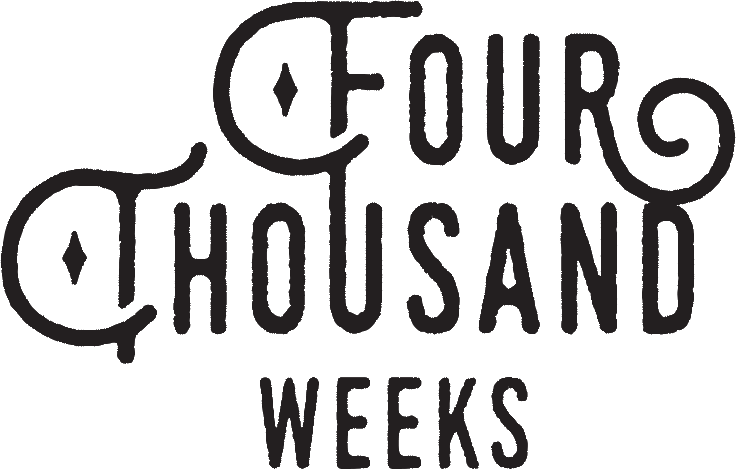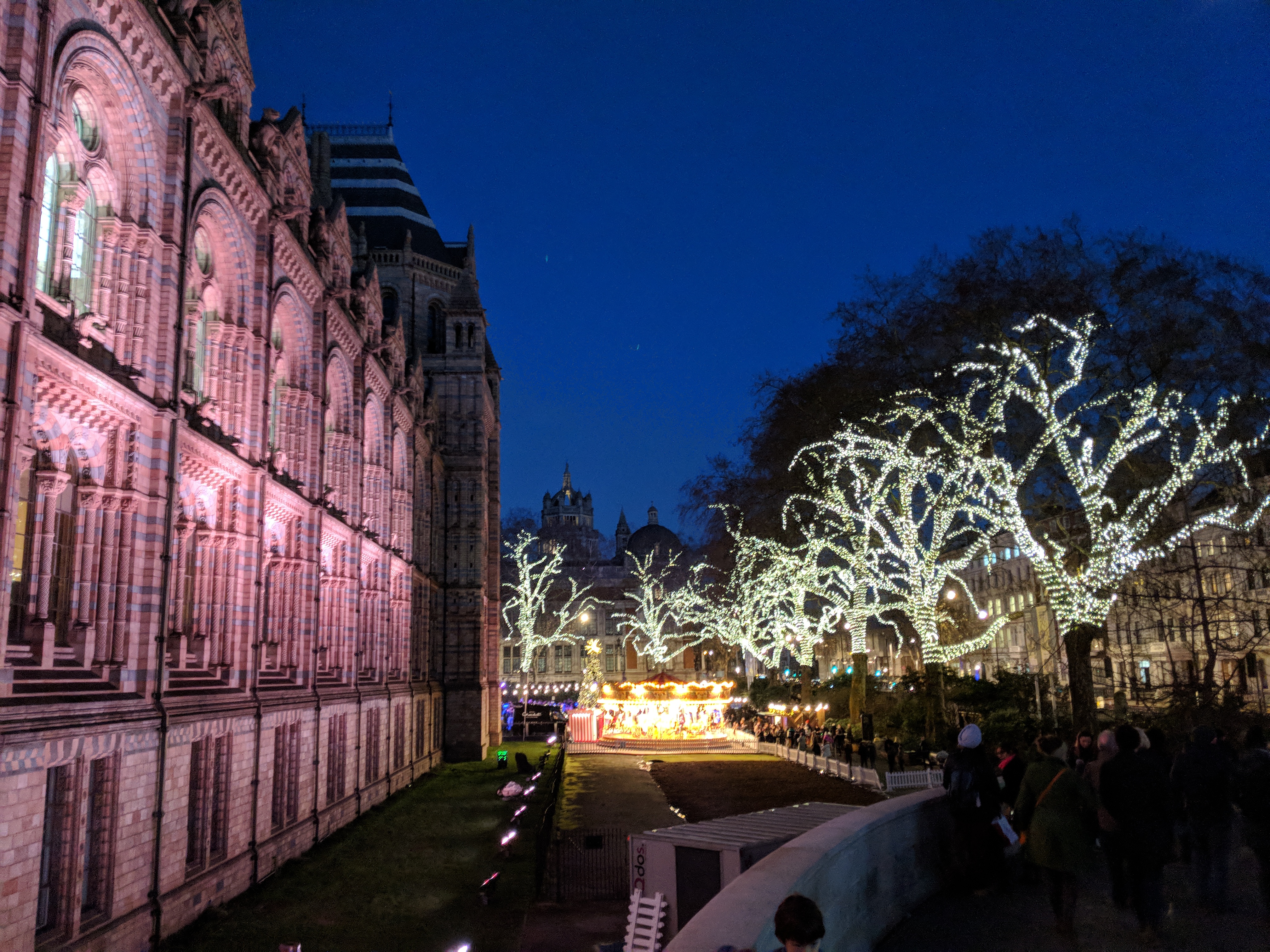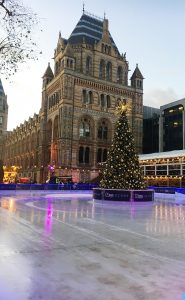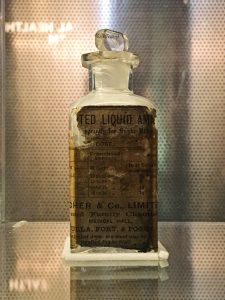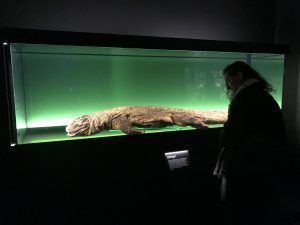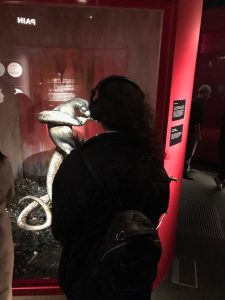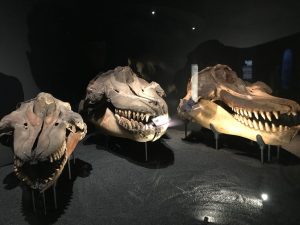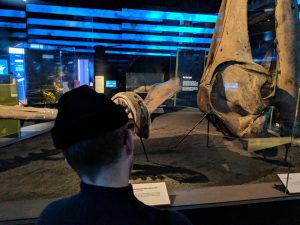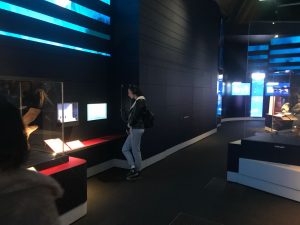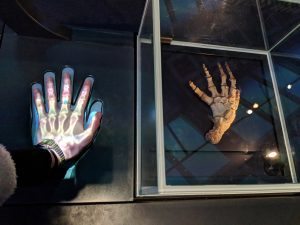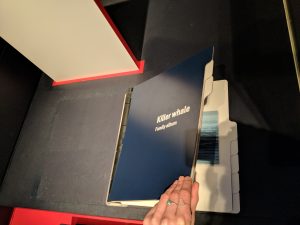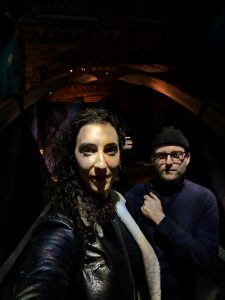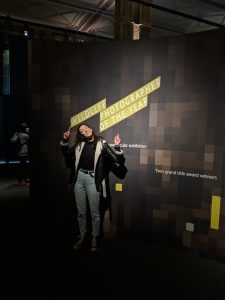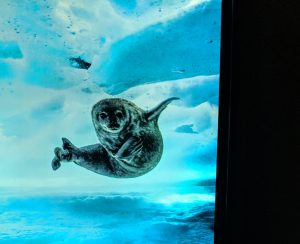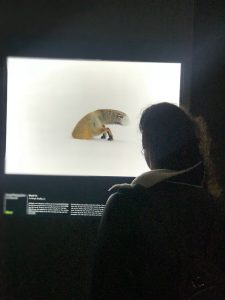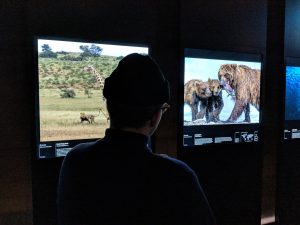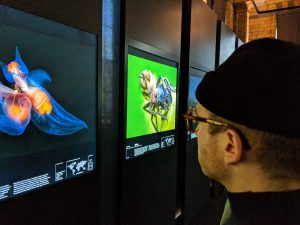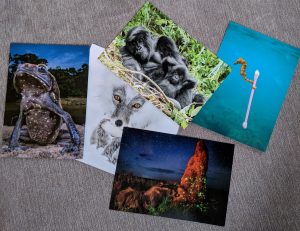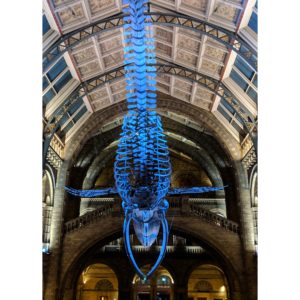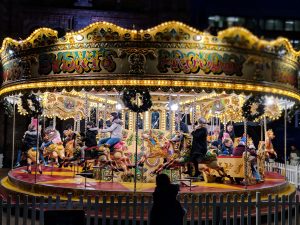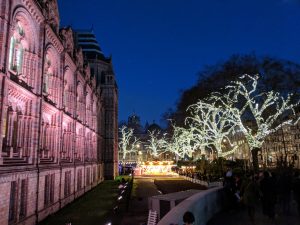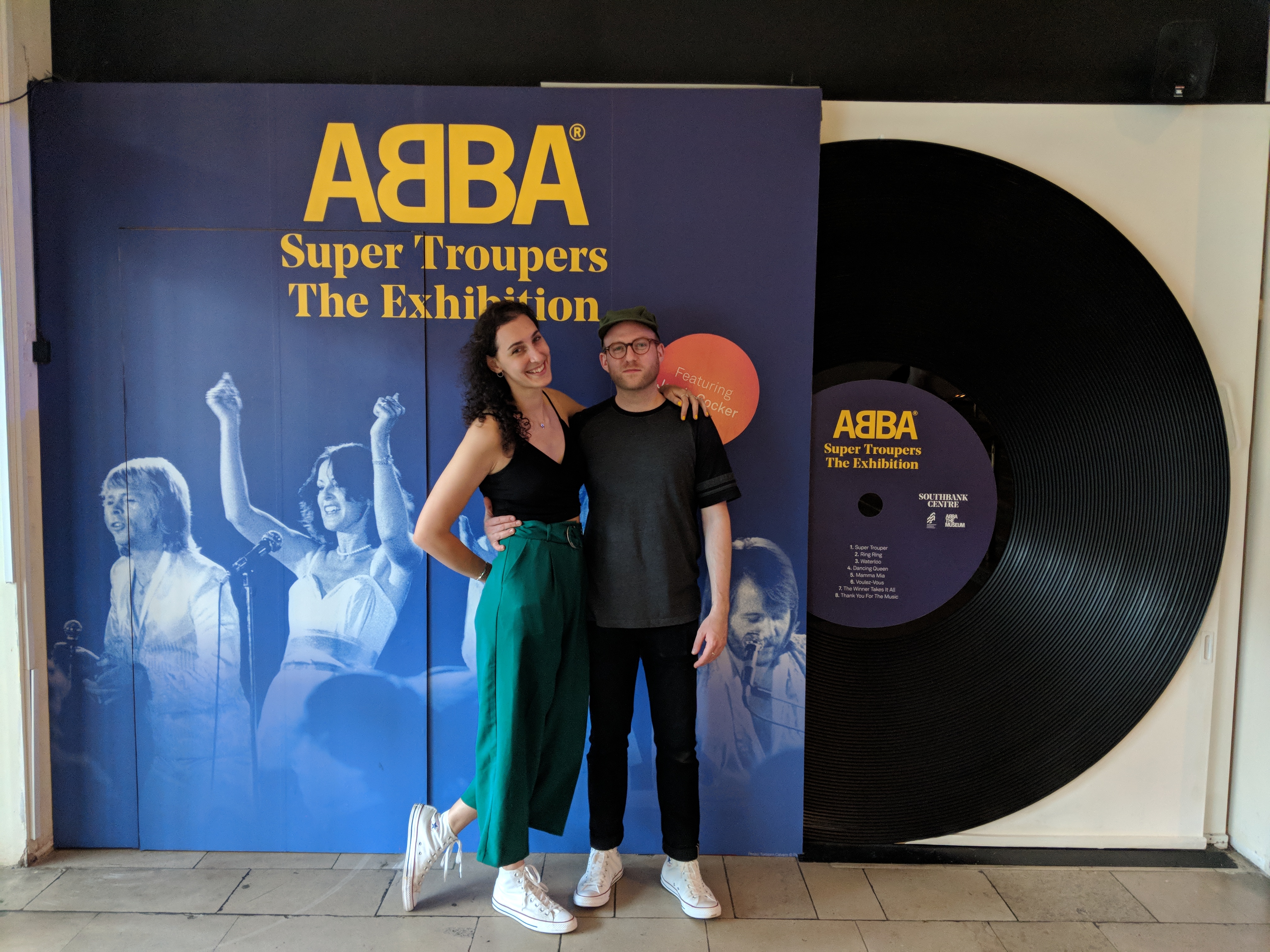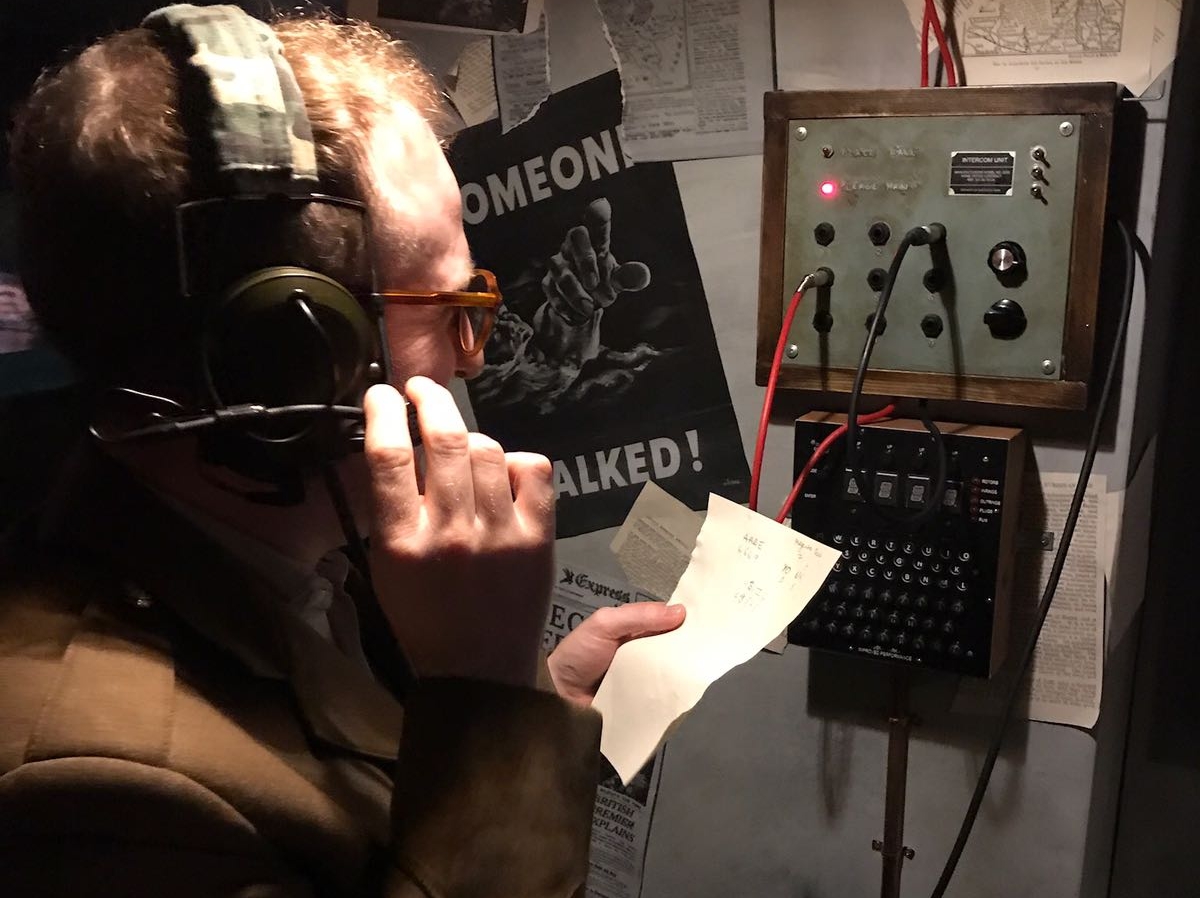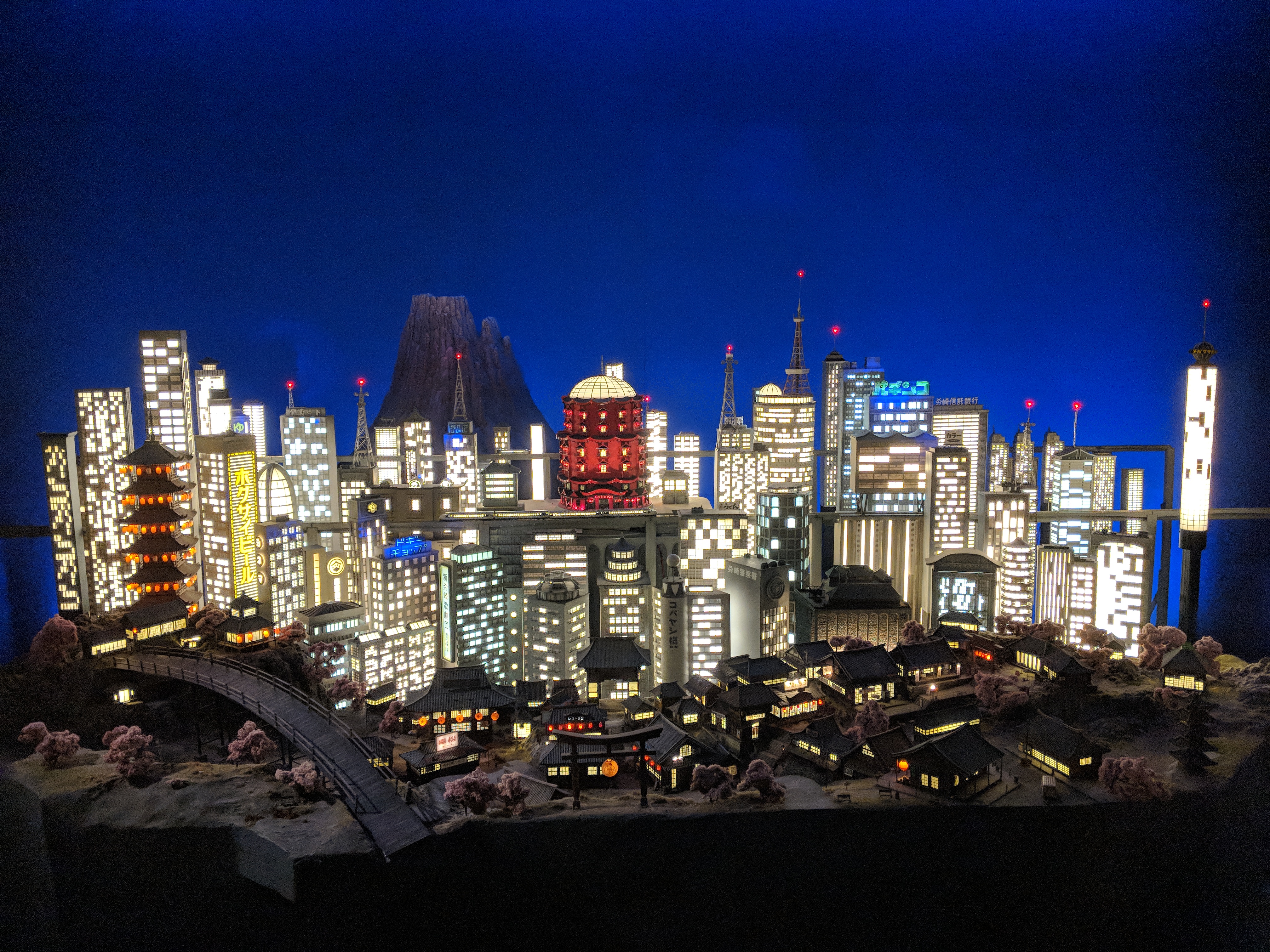As Londoners, we are incredibly lucky that most of the culture at our fingertips is totally free. Something that many people tend to take for granted, especially when they go to check things out abroad and find it’s quite expensive.
One of the best places to go is the Museum mile in South Kensington, home to the V&A, Science Museum and Natural History Museum. Some of our favourites in the museum world. If you haven’t been, be sure to check out our what to see at the V&A museum post too!
However, the two of us love a plan and a good bit of frugality, so we need to know that when we pay for exhibitions we will.be learning a lot and having a great time. One of the best places for that this winter is the Natural History Museum, where they have three amazing paid exhibitions alongside the incredible free things there. We’re not being paid for this, we just have been to all of them and thought it was worth saying that it’s a great place to spend your hard earned money, a great place to go on a date and a great place to take young children. The prices given are if you book in advance, if you turn up on the day it’s £1 more.
Venom: Killer and Cure (until May 13th; adult £10.50, child/concession £5).
An eerie exhibition examining the benefits and risks of venom in society today, mainly focussed on the animals and their most poisonous attacks, but also touching on human uses of venom, as well as cures for those most deadly. Lots of audio stories and brilliantly bottled specimens, it’s a showcase of poison in a way that the NHM do best.
Time taken: 60 minutes
HB highlights: the video footage of a scientist explaining how they use venom to create anti-venom in order to save lives.
JK highlights: the audio recordings in a dark room of three near fatal attacks, from victims both far away and very locally in the UK!
Whales: beneath the surface (until Feb 28th; adult £11.50, child/concession £7.50).
What an exhibition! A fully immersive (pun intended) exhibition where you can get to know cetaceans inside and out. The perfect amount of information to read, hear, listen to, watch and touch. Learning about, and seeing through skeletons the life and traits of the world’s largest mammals was fascinating. Definitely something for all the family and a great all round experience.
Time taken: 60 minutes
HB highlights: seeing the scale of the animals, like the 6m jaw bone. And the explanation and demonstrations of how whales evolved from land dwelling amphibians.
JK highlights: aside from the game where you have to use sonic powers to catch prey, I think I loved just how hands on everything was. Way to keep minds of all ages interested!
Wildlife Photographer of the Year (until May 28th; adult £12.50, child/concession £7)
Every year (this is the 53rd) the Natural History Museum host the Wildlife Photographer of the Year competition. They display 100 images of winners and finalists from different categories, and have an extra 25 on display as part of the people’s choice award at the end. Always a personal favourite, and one we tend to do as a brilliant date day sandwiched between ice skating and dinner, this year was no exception.
Time taken: 60 minutes
HB highlights: Seeing the inner of each of the different categories as they are all so different. I’m always in awe of the young photographers categories, as their photos are always so impressive for their ages!
JK highlights: I’m torn for a single highlight, the portraits of animals are always the ones I spend the longest looking at, it’s almost like you can tell the animal’s personality from that single shot, but I think the photojournalist awards are always the most moving, showing what a mess we’re making of our immensely beautiful planet.
The free stuff
- The Art of British Natural History. One for the adults and for those children that love looking at pictures, this free gallery shows how scientists view the natural world in more than 100 images from the Museum’s collection in the Images of Nature gallery. Historic prints, watercolours and paintings spanning 350 years hang alongside modern images created by scientists, imaging specialists, photographers and micro-CT scanners.
- The dinosaurs. The Museum’s dinosaurs are world-famous. Meet the roaring T. rex, see the skull of a Triceratops and wander among fossils in the Dinosaurs gallery, including the first ever dinosaur fossils found. Explore the different time periods dinosaurs lived, sort the facts from the myths about why they died out and find out what our scientific research has taught us about these prehistoric giants. But unless you’re going mid-day, mid-week in term time, prepare to.queue!
- Jars of spirits and pickles. Head down as far as you can go in the Darwin Centre, where you can peer in the windows at those on display and those in the vaults of the animals that have been preserved since the Victorian period and before. Amaze yourself and be totally grossed out by what you can see (you can book guided tours of the vaults online).
- Volcanoes and earthquakes and a new stegosaurus.Epic forces are at work every day, changing the face of our planet. From the museum’s newest dinosaur specimen, enter the planet’s core to the exhibition and feel an earthquake for yourself! Through dramatic film footage, exhibits, interactive games and the famous earthquake simulator, explore how the powers within shape the world in which we live in the Volcanoes and Earthquakes gallery. Examine fossils from a time when all Earth’s continents were joined, and the animals that evolved after the continents separated. See lava bombs, volcanic glass hair, and crystals created under intense pressure beneath Earth’s surface.
Do you like the Natural History Museum? What do you visit when you go? Leave a comment below! Additionally, sign up to our mailing list on our homepage and we’ll email you our tips and tricks for queue jumping at London’s museums (for free!).
